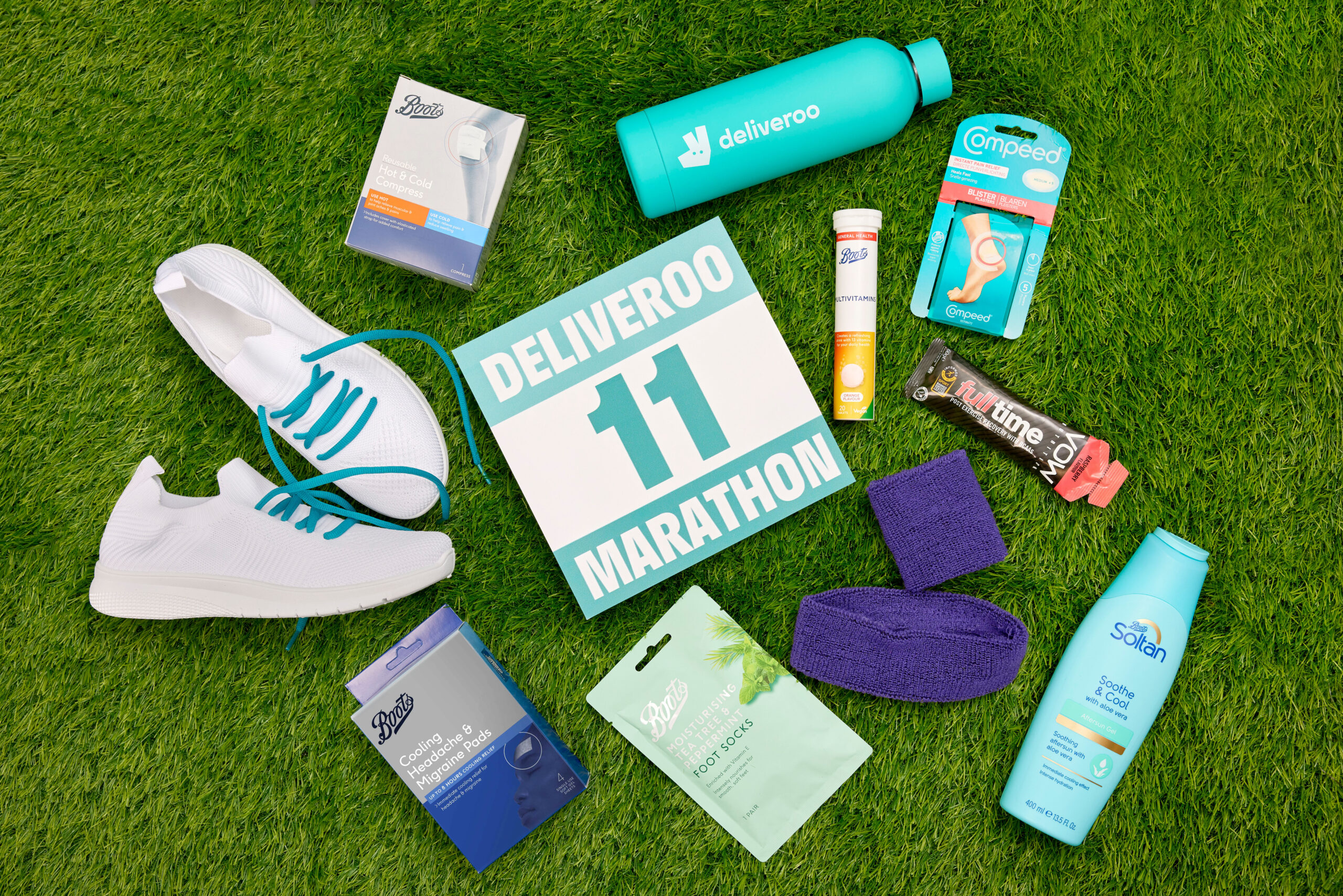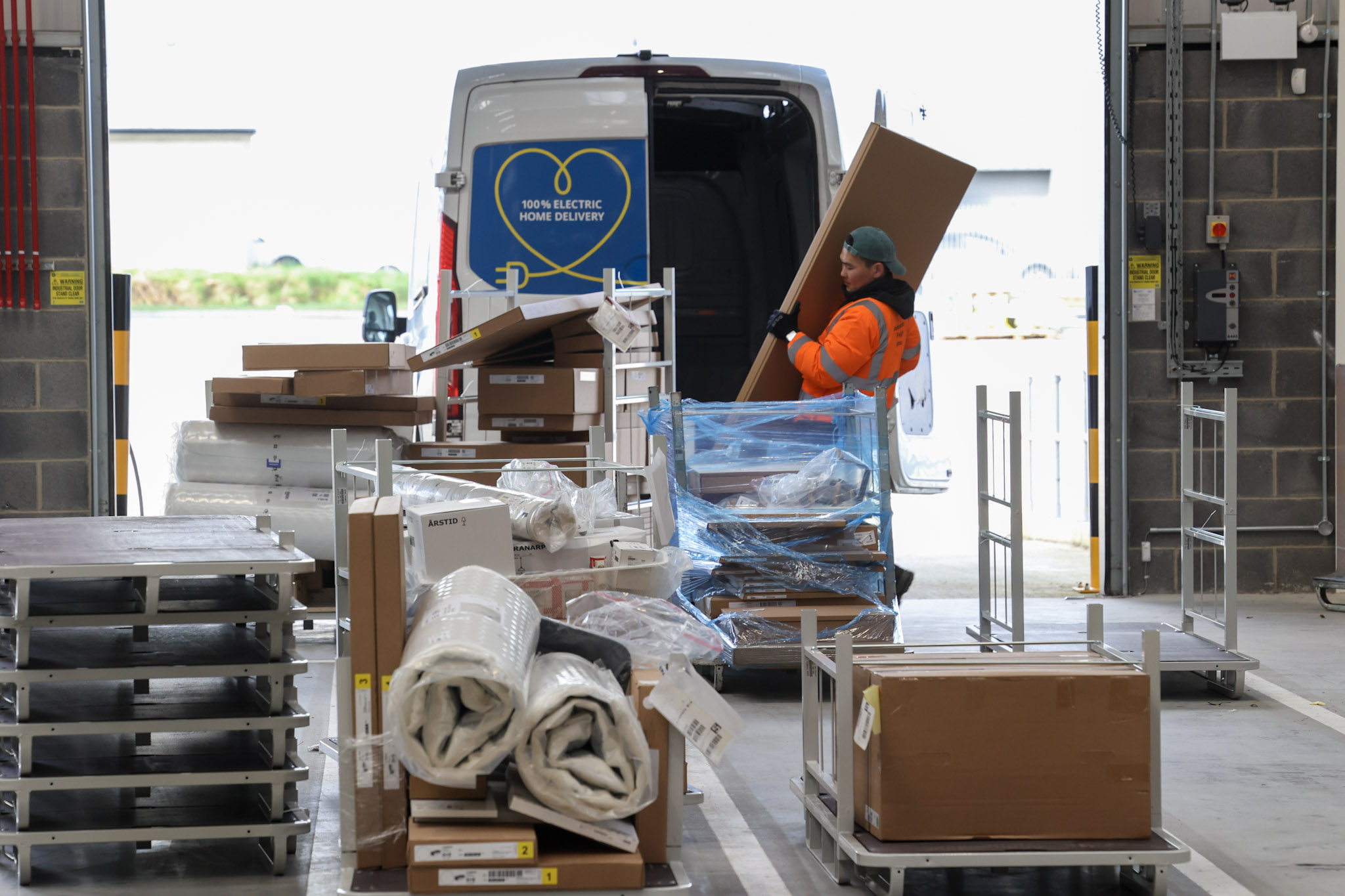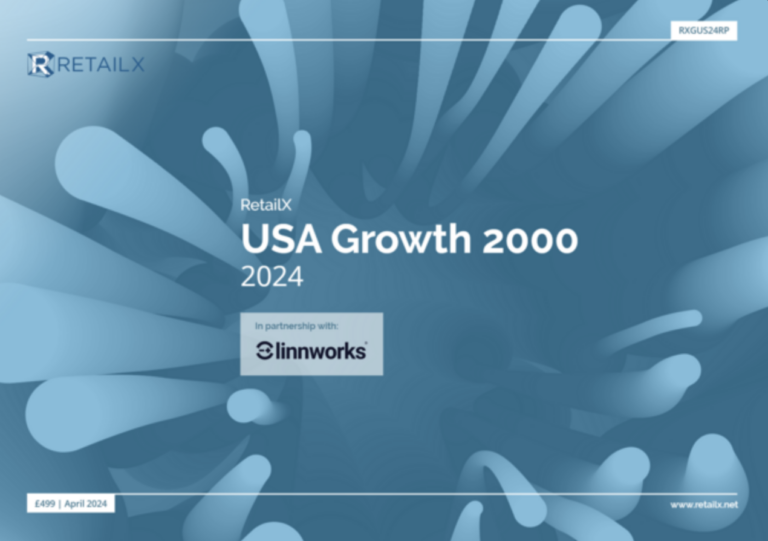For more than a decade, retailers have dreamed of letting consumers shop while mobile, writes Pontus Krisstianson, CEO and Co-Founder of Avail Intelligence . Countless pounds have been spent, but few earned: with the exception of Japan, consumers simply refused to participate.
So, when the mobile shopping revolution was announced once more, scepticism is natural. But trends suggest this time it is finally happening. The smartphone standard set by Apple’s iPhone has boosted handsets: screens are large, applications faster, and touch screens have simplified usage. Furthermore, “App Stores” have opened up distribution, and flat-rate plans removed consumer anxiety about the cost of mobile Internet access.
Analysts also support the conclusion. In a recent report, ABI Research estimates that mobile online shopping in the US grew a stunning 200% in 2009 to $1.2 billion. And that growth is forecast to continue.
Supersize retailers such as Amazon, eBay, BestBuy, and Walmart have been early movers, creating mobile optimised sites and dedicated iPhone applications. But many retailers have held back, unsure of costs and strategies.
Swedish retailer Bokus recently faced this dilemma, and their venture to beat Amazon and competitor Adlibris to become Sweden’s most popular mobile bookstore holds a lot of valuable insights.
A bookstore goes mobile
As a leading online bookstore in Sweden, Bokus has long offered a very refined shopping experience for PC visitors – but not when mobile.
But in 2009, strong sales of smartphones quickly turned mobile into a requirement. In November, Bokus faced the choice between mobile-optimising their site, or creating something entirely new. They chose the latter, in the shape of an iPhone application.
Two months later – including the AppStore certification process – Bokus launched a complete iPhone store. The application lets users browse and search for books, read excerpts, and order directly. Results are excellent: since launch, Bokus has been the top downloaded and rated bookstore in Sweden. In the first weekend alone, it was downloaded 5,600 times and 100 orders were placed.
So what can retailers learn from Bokus’ success?
Insight 1: The business case is there
At first glance, creating a new store may sound costly. Bokus proved that launching a full-featured mobile store does not have to be expensive. In fact, payback from added sales may be a matter of months. Add to that the value captured from brand building, media attention and consumer learning, and the business case becomes very attractive.
Insight 2: Think mobile
Mobiles are not PCs, so design accordingly. Screen size is limited, and interfaces are different. For example, text input is more time-consuming.
Retailers need state-of-the-art personalisation, presenting only the most relevant products to each user and ensuring constant inspiration. Bokus was able to utilise the same Avail solution as on their web site to create highly targeted recommendations using behavioural analysis.
Applications should also be designed to capitalise on the mobile’s unique features for entirely new use cases. For example, the Bokus application includes a barcode scanner. Now, users can scan any book on-the-go using their phones camera, and get an instant quote from the retailer.
Insight 3: Merchandising still matters
In mobile, Bokus were surprised to notice that users were very prone to order only one book at a time, incurring extra shipping costs. But in hindsight, it is not that surprising. Ordering takes effort, and if not provided an attractive alternative, users will often choose the easy way out.
To maximise sales per visitor, a strong merchandising platform – automating cross-selling, up-selling, and bundling – is just as essential as online.
4. Mobile sale offers
One of the motives for shopping mobile is to save time. If customers could also save money they would be even more willing to purchase with their smartphone. M-commerce retailers should take advantage of this behaviour: Offer products or services which are available for only a limited time.









